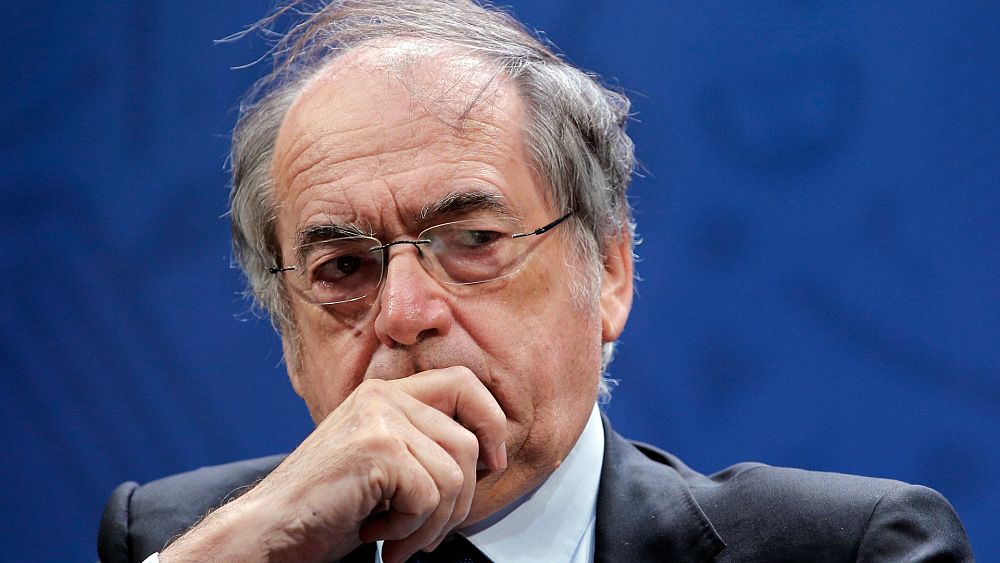
Qatar was selected to host the prestigious 2022 World Cup in 2010. The small Middle Eastern country faced several logistical challenges in order to be ready on time and began preparing for the event on an unprecedented scale.
In the years leading up to the World Cup, Qatar embarked on a massive construction project to build the necessary infrastructure for the tournament. The project included the construction of seven new stadiums and the expansion and renovation of existing ones.
The Khalifa International Stadium, one of the country’s main sporting venues, underwent a major facelift in preparation for the World Cup. Over 40,000 spectators can now be accommodated in the expanded stadium, which has been equipped with state-of-the-art technology to improve the fans’ viewing experience.
The Lusail Iconic Stadium was dubbed the jewel in the crown of Qatar’s World Cup. The stadium seats 86,000 people and is one of the world’s most advanced arenas. Over 800,000 fans visited the stadium during the ten games that took place there.
“This is a totally different league in terms of spectator experience,” explained Tamim El Abed, Project Manager for the Lusail Iconic Stadium.
“So, for fans to exercise that passion in this seating bowl, it’s something really remarkable. It’s an experience more akin to a Stamford Bridge or an Anfield where people are almost right at the edge of the play.”

As part of its preparation for the tournament, Qatar also revamped its transportation infrastructure to accommodate the influx of visitors. The smooth metro system took six years to complete, and operation began in May 2019. Every stadium was easily accessible thanks to the regular train service. Public transport was free of charge to every fan with a Hayya card for the tournament duration.
As part of the World Cup preparations, the hospitality and leisure infrastructure was also boosted to provide visitors with quality accommodation options. Several five-star hotels were built, and existing ones were renovated. The country’s restaurants and cafes also underwent renovations to offer tourists a diverse range of dining options. Qatar also provided a variety of tourist hotspots for those picture-perfect memories made while visiting. These spots had the backdrop of beautiful art pieces that aimed to unite people.
Lorenzo Quinn was the artist of Hyundai’s ‘Goal of the Century’ piece that was on display at the FIFA Fan Festival for the entirety of the tournament. While the message of his piece specifically was environmental sustainability, Quinn himself has an overarching belief that art unites people.
Lorenzo Quinn
Artist of ‘Goal of the Century’
“I think the great thing about the World Cup is that we’re all united in a single passion. The passion, of course, for football. So, you have people from all walks of life and from different countries, different creeds, but they all come together. They love this sport, and they’re backing their country.”

Despite Qatar’s challenges and obstacles in preparing for the World Cup, the country hosted a remarkably successful tournament. The stadiums, transport and hospitality sector infrastructure were ready on time, and the event has been hailed a resounding success by fans and players alike.
As the 2022 World Cup came to a close, Qatar can look back on its journey to prepare for the tournament with pride. The country had overcome significant challenges to deliver an unforgettable event and firmly established itself as a major player in the world of international sports. They have big plans for the future, and their ambitions to change perceptions about the Middle East will allow many more sporting events to take place in the region for decades to come.
Qatar has big plans for the future, and its ambitions to change perceptions about the Middle East will allow many more sporting events to take place in the country and across the region for decades to come.



